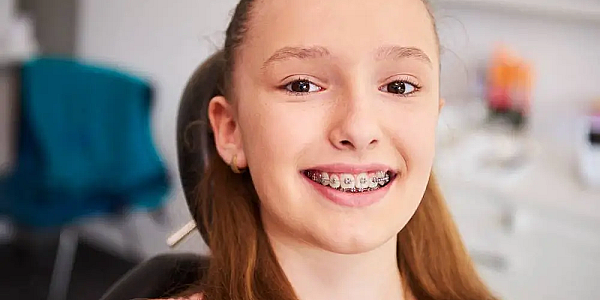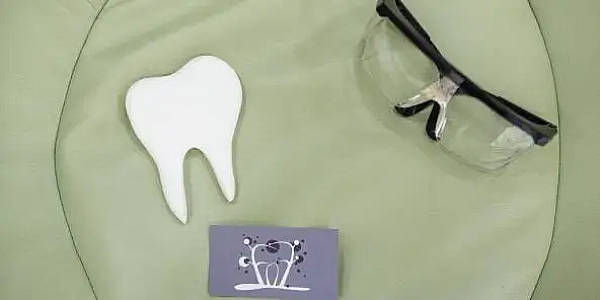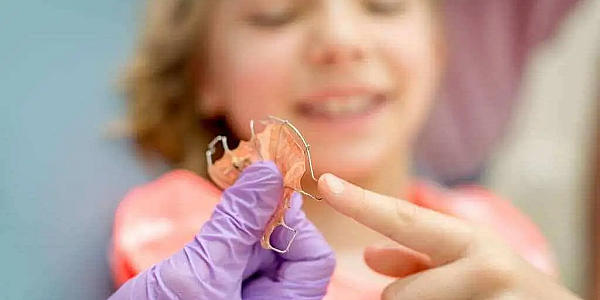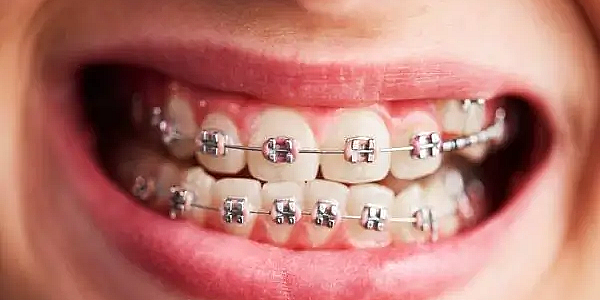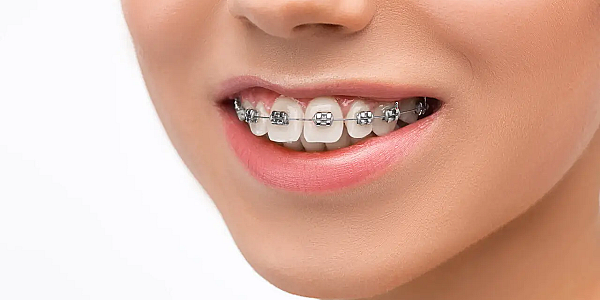The sapphire dental braces is the most physiognomical orthodontic braces, applied to the outside of the teeth. They are transparent and look like jewels. It is a truly aesthetic orthodontic treatment solution compared to other types of fixed braces. Patients who want perfectly aligned teeth choose it especially for the aesthetic benefits. A good understanding of the features that characterize sapphire braces helps to choose the optimal treatment method. A good orthodontist always explains the advantages (and disadvantages) of each type so that patients can make an informed choice.
The results are impeccable, thanks to the features of the braces. The sapphire brace is a fixed brace that can be applied to most patients, regardless of the anomaly that needs to be corrected.
Sapphire has a clearly superior resistance to other materials used in the construction of dental braces. This is one of the main advantages for which patients choose this type of fixed dental braces. The price of a brace matters, but a brace that lasts longer is a better long-term investment than a cheap orthodontic brace chosen in the initial stages of treatment.
The sapphire dental braces has small zirconium particles on the bonding surface where they interpenetrate the composite, thus reducing the debonding rate of the parts. Thus, the dental braces created with the help of this material lasts better over time.
The first attempt to make physiognomic appliances was in 1970. Those dental braces were made of plastic. Sapphire braces were made in 1980, using monocrystalline sapphire.
Patients feel quite well during the treatment. Considering that orthodontists claim that the average duration of treatment is 1 and a half years, two, wellness matters a lot to patients. Depending on the complexity and severity of the treated case, treatment with fixed dental braces can even extend to several years.
In addition to the resistance unanimously recognized among dentists, monocrystalline sapphire is also distinguished by fine processing and top-quality finishes. The dental brace does not discolor over time, compared to the polycrystalline ceramic one. This feature matters a lot for socially active people who talk or smile frequently and are always in the sights of others.
Disadvantages:
- Due to the manufacturing material, the sapphire brace has increased friction, which increases the duration of the treatment by several months.
- Treatment can be difficult in some anomalies, combined with dental ankylosis.
- Increased cost of parts - i.e. a higher price for the brace.
Benefits:
- Physiological, does not disturb speech and mastication
- Net superior comfort during the entire dental treatment
- Minimal reactions in the digestive system
- Reduced risk of allergies and adverse reactions
- Very low risk of fracturing compared to polycrystalline ceramics
- Easy to mount and handle during periodic visits to the dental office
- Very good results at the end of the treatment
- Low deposit of tartar
- Prevents periodontal disease
- Combines efficiency with aesthetics
- Easy to wear, allows thorough oral hygiene
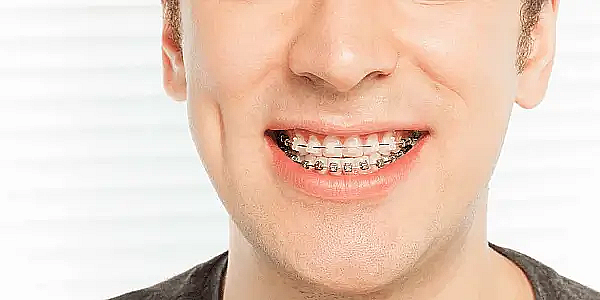
-thumb_1x.png )
